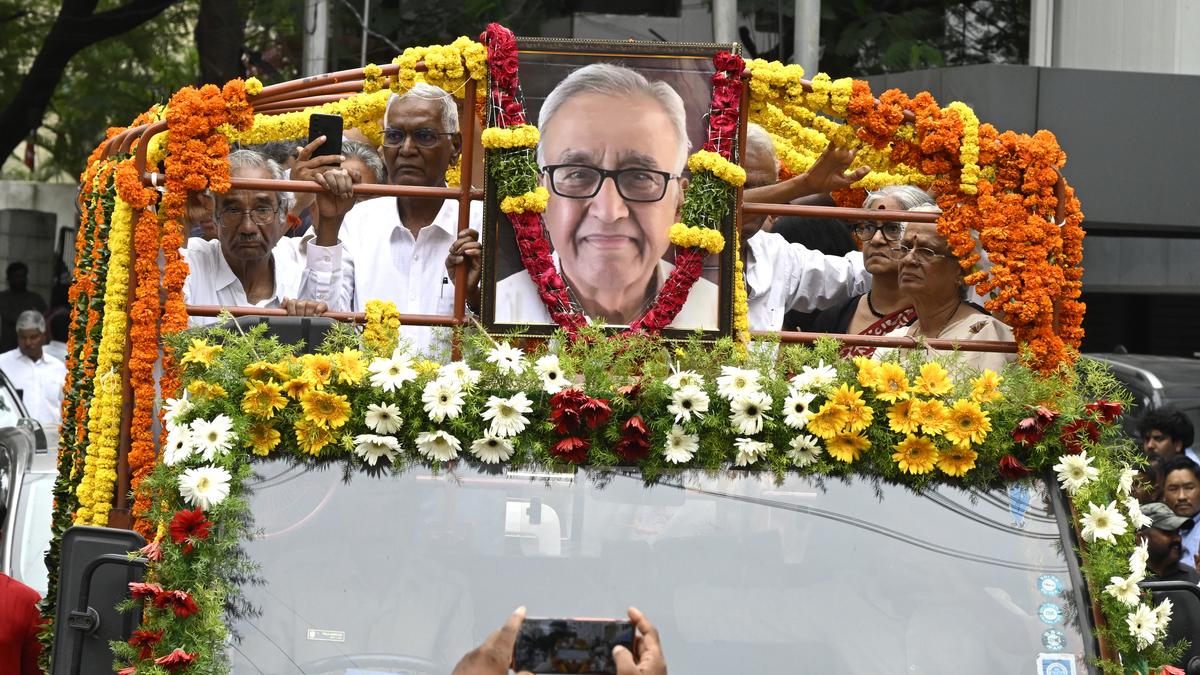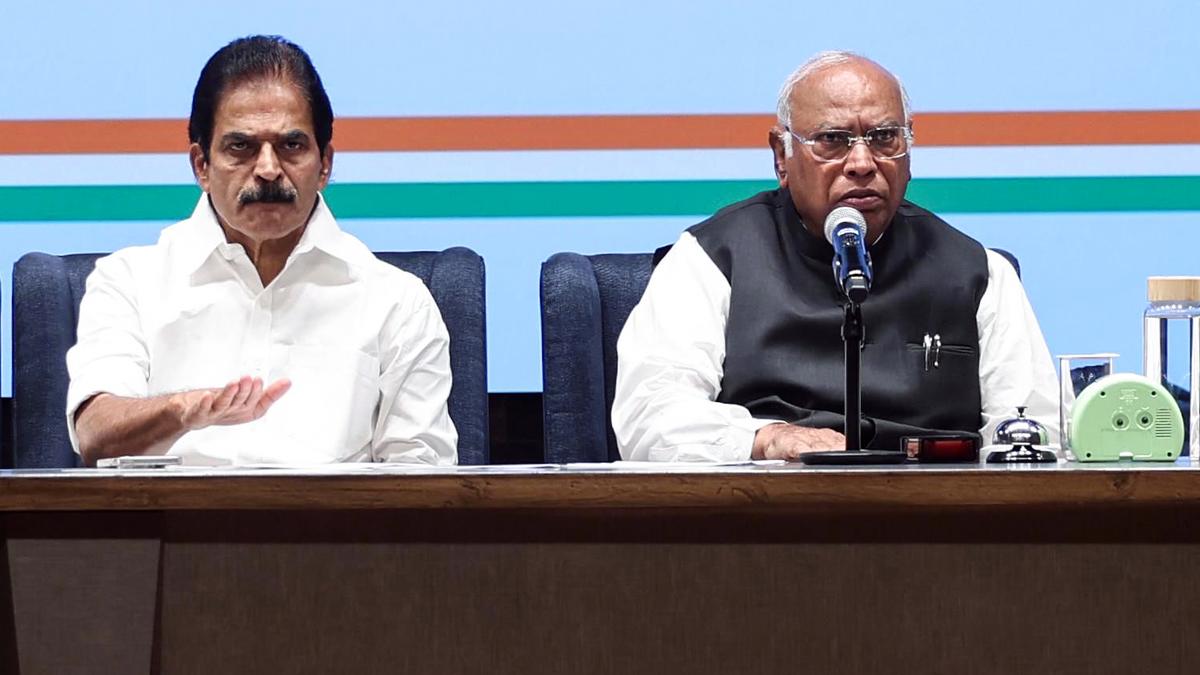Taking a significant step towards simplifying the removal of surface-level waste from waterbodies, students of the IHRD College of Engineering (CE), Chengannur, have successfully built a robot capable of collecting floating waste from water sources.
According to the researchers, the primary objective of the initiative is to eliminate surface pollutants from waterbodies, thereby protecting and preserving the environment. Weighing around 30 kg and measuring 1.3 m in length, 1.6 m in width, and 0.4 m in height, the robot can collect floating waste from an area of 6.4 sq. m at a time.
The robot is powered and controlled using a Raspberry Pi. “It can operate in both semi-autonomous and manual modes. A mounted camera provides real-time visuals through a web console, enabling precise navigation. The manual control is handled using a FlySky transmitter–receiver system, which allows operation from a distance of up to 700 m. Equipped with powerful thrusters, the robot ensures smooth movement in water,” say project coordinators Yohan C. Mammen and Megha Aji.
In addition to being powered directly by solar panels, the robot can also recharge through a specially designed solar charging station with the capacity to fully charge the robot’s battery up to three times. The use of Mono PERC solar panel technology ensures maximum energy efficiency, making the system both eco-friendly and sustainable. The robot’s hull, 3D-printed by DNA RC using PLA material, is durable enough to withstand water pressure and impacts, ensuring that floating waste is collected and removed safely and effectively.
The robot was successfully tested at Edanad. The innovation was made possible through the collaborative efforts of the Institute of Electrical and Electronics Engineers (IEEE) CE Chengannur Special Interest Group on Humanitarian Technology (SIGHT), Chengannur municipality, Pampa Punarjani and IEEE SIGHT Kerala. The project received funding of ₹4.85 lakh from Engineering Projects in Community Service (EPICS) in IEEE.
Other members of the research team include Vijay Satheesh, Vignesh S., Jerrin Shibu, Muhammed Abnas, Anusree Anil, Manas Ravi Chandran, Annie Elsa Anu, Bhavesh Sanjay, Amal Krishna S., Ravishankar V., and Nithin Mathew Joji. The project was carried out under the guidance of Hari V.S., Principal, College of Engineering, Chengannur, Raju M., head of department, Electrical Engineering, and Deepa J., former faculty of CE, Chengannur.



.png)
.png)
.png)
















 6 hours ago
4
6 hours ago
4










 English (US) ·
English (US) ·